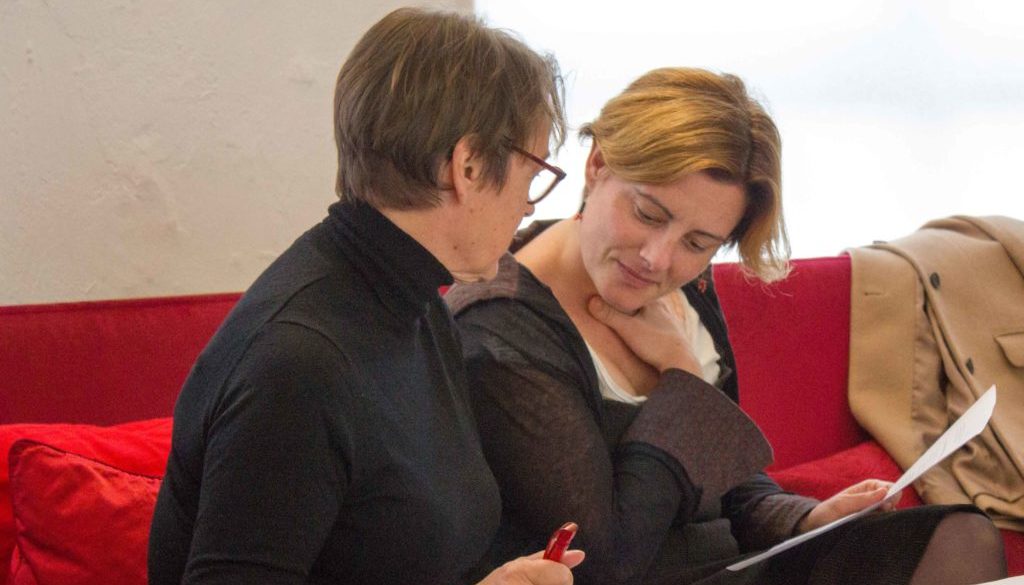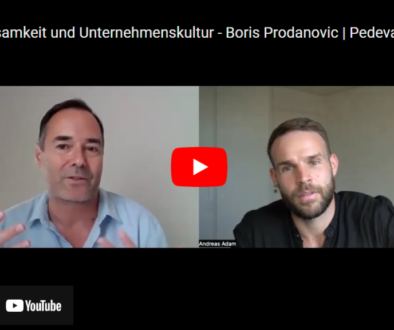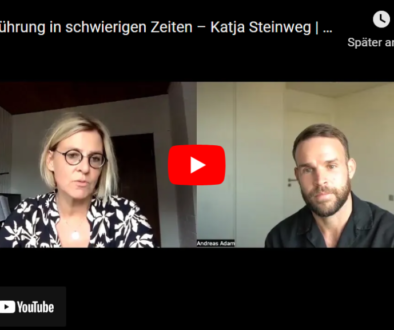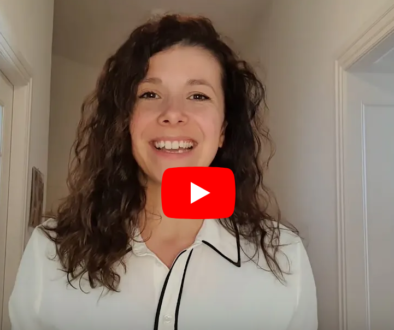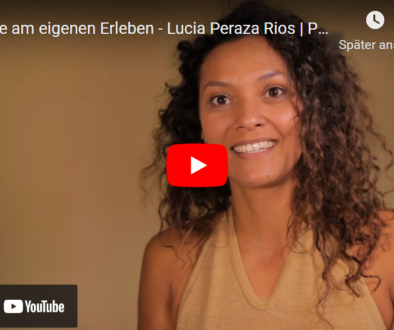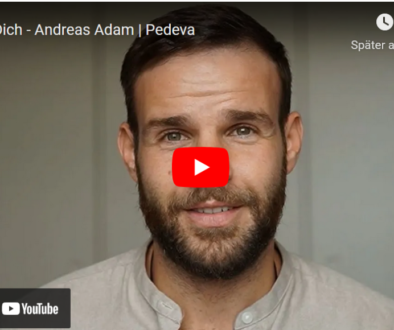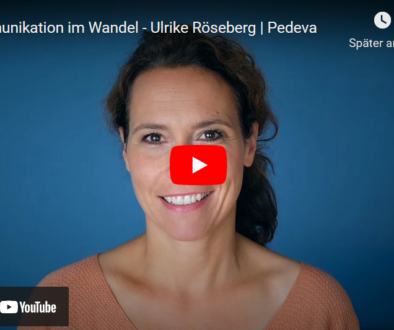Tell your story and be memorable
You feel sufficiently prepared for your upcoming job interview and have studied everything you could possibly find about the position you have applied for: you are familiar with the company, its products, philosophy, strategy, numbers and leadership. You researched the company’s history and its outlook for the future.
In short, you know the story of the company. But what about your own story?
Degrees, career progression and accomplishments – all this should be evident from your CV. Besides discussing your skills and abilities, the hiring manager wants to know more about you as a person. We want to hear your story.
There are a couple of (often predictable) questions in behavioral interviews that serve the company in assessing specific qualities that they are looking for in a new hire. How you behaved in the past is an indication for your future behavior. Questions might be regarding your strengths and weaknesses, how you work under pressure, how you keep yourself or your team motivated or about a challenge and how you solved it and so on.
Evaluate your personal USP.
Think about the company’s values, its mission and core competencies and come up with a couple of stories matching these topics. Depending on your personality – whether you are an extrovert or introvert, whether you are self-confident or tend to be a little unsure of yourself – it might be a challenge to find a topic you feel comfortable enough to talk about.
Maybe there was a particular life event that shaped you as a professional? Any person who had a major impact on you – your family, a teacher, a friend? Who inspired you, who encouraged you and how might this be relevant for the position you are applying to?
A well-crafted story is the perfect occasion to make your case.
It is like an elevator pitch, no longer than 2 or 3 minutes, and you need to prepare it well in advance. Develop a compelling narrative that goes beyond your professional accomplishments and shows who you are and what drives you.
Any good story has three parts, and as simple as it might sound, they are: a beginning (most likely a problem), a middle (the action to solve the problem) and an end (the result). Talk about a problem or an obstacle that you had to overcome, recount what you did to solve the situation and highlight the outcome.
Make the audience your accomplice.
Use the description of the problem to capture your audience as if you made them an accomplice. Be precise and eliminate redundant or meaningless details. The core of your story is the action part. Remember, it is important to point out what you did do, and not what you didn’t do. No false modesty – you should speak in the first-person form as the company wants to get to know you and not your team. The result part is obviously what matters most. Include what you personally learned from this episode.
Don’t be afraid to show emotions and excitement, stick out from the masses and be memorable. Show what drives you, show your purpose and your added value.

Author Wiebke Küster
Personality, charisma, and the uniqueness of people have always been the focus of Wiebke Küster’s interests.
Learn more here: Wiebke Küster

